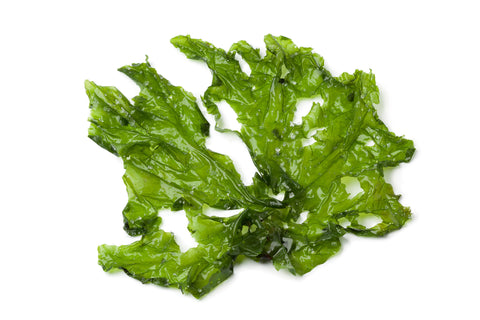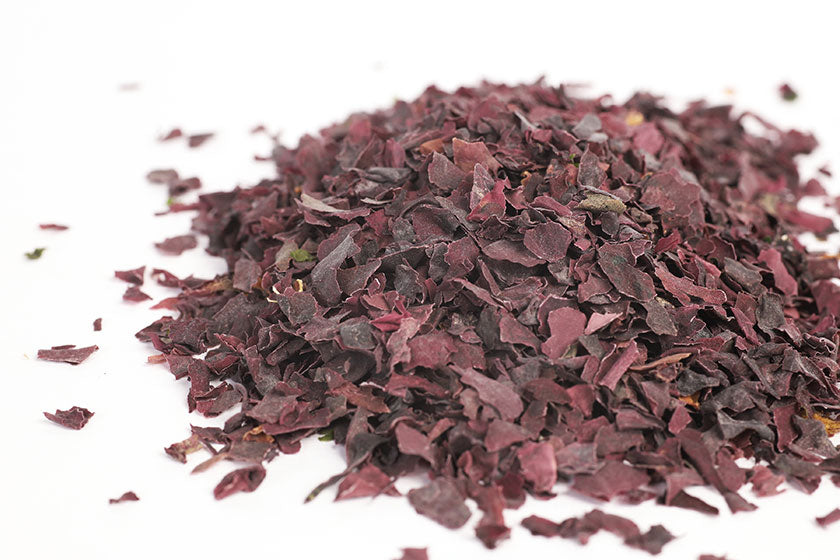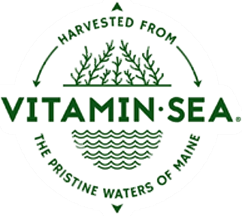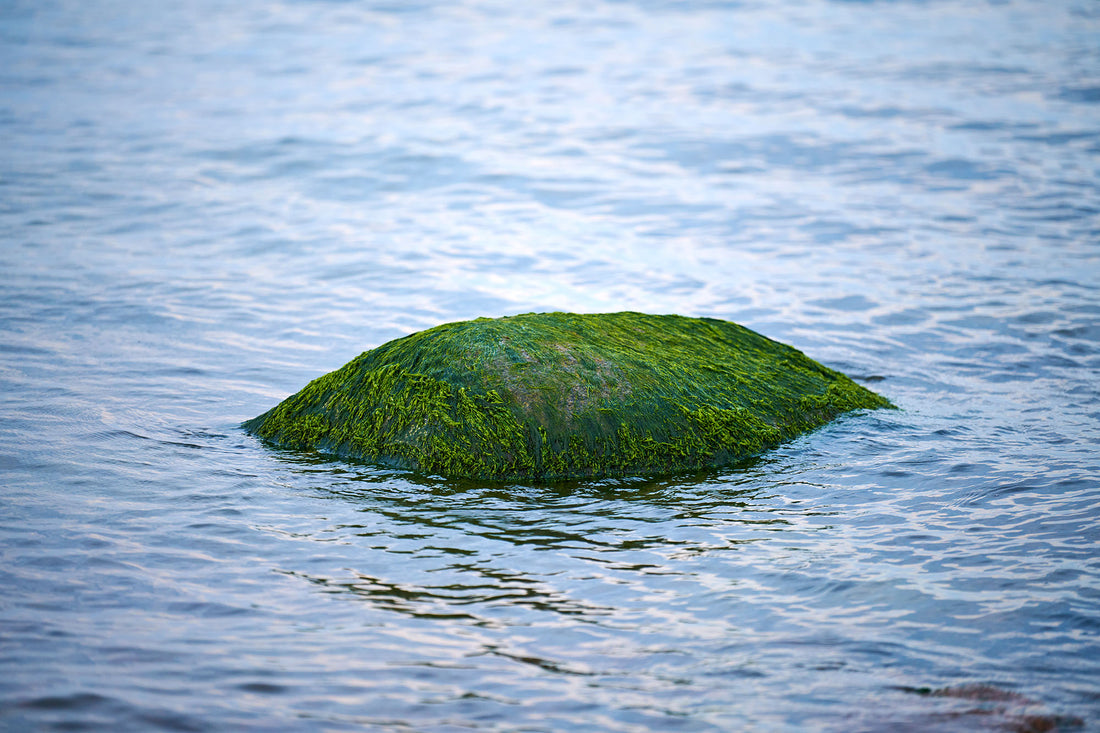Seaweeds are classified as algae, although they are often referred to as 'sea vegetables' or 'plants from the sea’. Green seaweeds constitute a major group of all the seaweeds.
All seaweeds photosynthesize, just as land plants do. However, they do not produce flowers, have roots, or systems for transporting water and nutrients. They all contain chlorophyll which is synthesized and stored in the seaweed's cells.
Seaweeds also contain other pigments which are used to capture light for photosynthesis or to protect against harmful ultraviolet radiation.
The pigments present in seaweeds are used to help classify them into three broad color groups – green, red, and brown.
What Are Green Seaweeds?

While green seaweeds possess various pigments, they lack the ones responsible for screening chlorophyll. However, they still contain chlorophyll itself, which is the primary pigment responsible for capturing sunlight and facilitating photosynthesis. Chlorophyll reflects green light and absorbs other wavelengths of light, giving green seaweeds their characteristic green color.
Green seaweeds tend to grow closest to the shore, in shallow waters, and are most closely related to land plants. They encompass both multi-cellular and single-cellular algae, thriving in both saline and freshwater environments. Flourishing in waters enriched with phosphates and nitrates, these seaweeds exhibit a preference for nutrient-rich conditions.
There are 1500-2000 species of green seaweeds around the world’s oceans. Maine only has one that we harvest and that is Sea Lettuce, a popular green seaweed in the kitchen.
Nutrients and Minerals In Green Seaweed
Green seaweeds harbor a plethora of minerals and trace elements, surpassing those commonly found in land-grown vegetables. They provide a substantial quantity of easily digestible vegetable protein and stand as a vital reservoir of iodine, calcium, enzymes, and antioxidants.
These seaweeds rank as a top source of chlorophyll, fiber, and vitamins A, B, and C. Each variety of green seaweed presents a distinct nutrient composition. Sea Lettuce in particular boasts elevated levels of iron, vegetable protein, iodine, aluminum, manganese, vitamins B-12, calcium, vitamins A, B, C, and nickel. Also, the dietary fiber content is notably high, reaching an impressive 31%!
What Are The Health Benefits Of Green Seaweeds?
Sea Lettuce provides a good source of iron, so it’s an excellent dietary supplement for anyone with anemia or looking for solutions to add iron-rich foods to their diet.
It also offers good levels of iodine and can have vitamin B12 which has an important role in DNA synthesis. There are a number of journal articles which have been published over the last 20 years which reference green seaweeds in connection with the below benefits:
- Improve digestion and reduce sugar absorption
- Balancing blood ph
- Antiviral against influenza
- Soothing burns, cuts and sores (apply a traditional healing compress)
- Toning, hydrating, and nourishing for the skin
- Used to treat gout
Sea Lettuce has a sulfated polysaccharide that is being researched for its strong antioxidant, antitumor, anticoagulant and antiviral properties. There are some indications from laboratory research that Sea Lettuce may also have a positive impact on weight loss.
How To Cook and Bake With Sea Lettuce

Sea Lettuce has a grassy, peppery flavor with an unexpected vibrant taste when compared to the mildness of land lettuce.
Here are some ideas on how you can incorporate this delicious seaweed into everyday menus. Remember to use seaweeds as you would any spice or herb!
- Make salsas and pesto served with corn chips or as a garnish
- Sprinkle as a condiment on grains, potatoes or seafood
- Make flavored butter/spread with Sea Lettuce, lemon juice and chili
- Add to salads, stir-fries or mashed potatoes
- Use instead of parsley for additional color and flavor
- Chop into soups and stews
- Pairs nicely with root vegetables
- Delicious in omelets
- Can be added to breads, such as focaccia
Try our green seaweed and “sea” for yourself!


